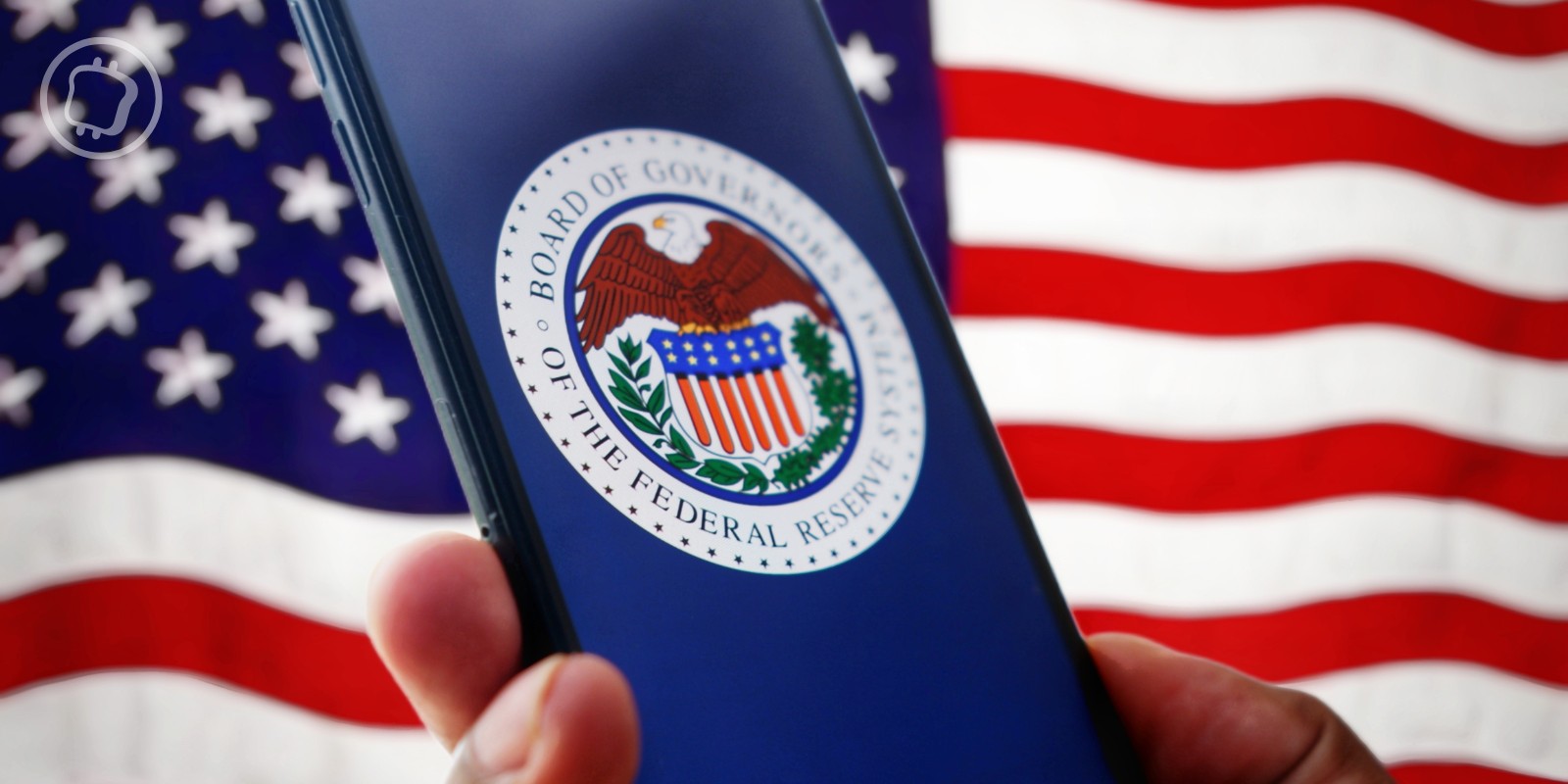Using smartphones before going to bed has become a habit for many people. But what effect does this actually have on our sleep? New studies provide surprising findings.
Night mode function on smartphones: Not so useful after all?
The blue light from screens has a bad reputation for keeping users awake and making sleep more uncomfortable. It could be so easy to avoid this: just press a button and the harmful blue tones disappear and the phone screen is bathed in warmer colors.
But according to a study by Brigham Youth University (BYU), it is unfortunately not that simple. A total of three different ways of falling asleep were tested on 168 people between the ages of 18 and 24. While one group of test subjects were supposed to fall asleep with the night shift mode activated, another group used cell phones with the night mode deactivated.
A third group, however, was asked to completely avoid using their cell phones for an hour before going to bed. The participants were randomly assigned to the corresponding groups. They were tested using iPhone screens for a total of seven nights in a row.
No differences in sleep improvement
The result was sobering. There were no significant differences between the three groups. “In our entire study sample, there were no differences in sleep outcomes that could be attributed to Night Shift. In people who regularly got enough sleep, avoiding screen use led to better sleep quality than using the phone with Night Shift activated,” the study states.
“While there is considerable evidence that exposure to blue light from cell phones increases alertness and makes it harder to fall asleep, it is important to consider how much of this stimulation is due to light emission and how much is due to other cognitive and psychological stimulation,” said Chad D. Jensen, co-author and professor at BYU, in a press release from his university.







